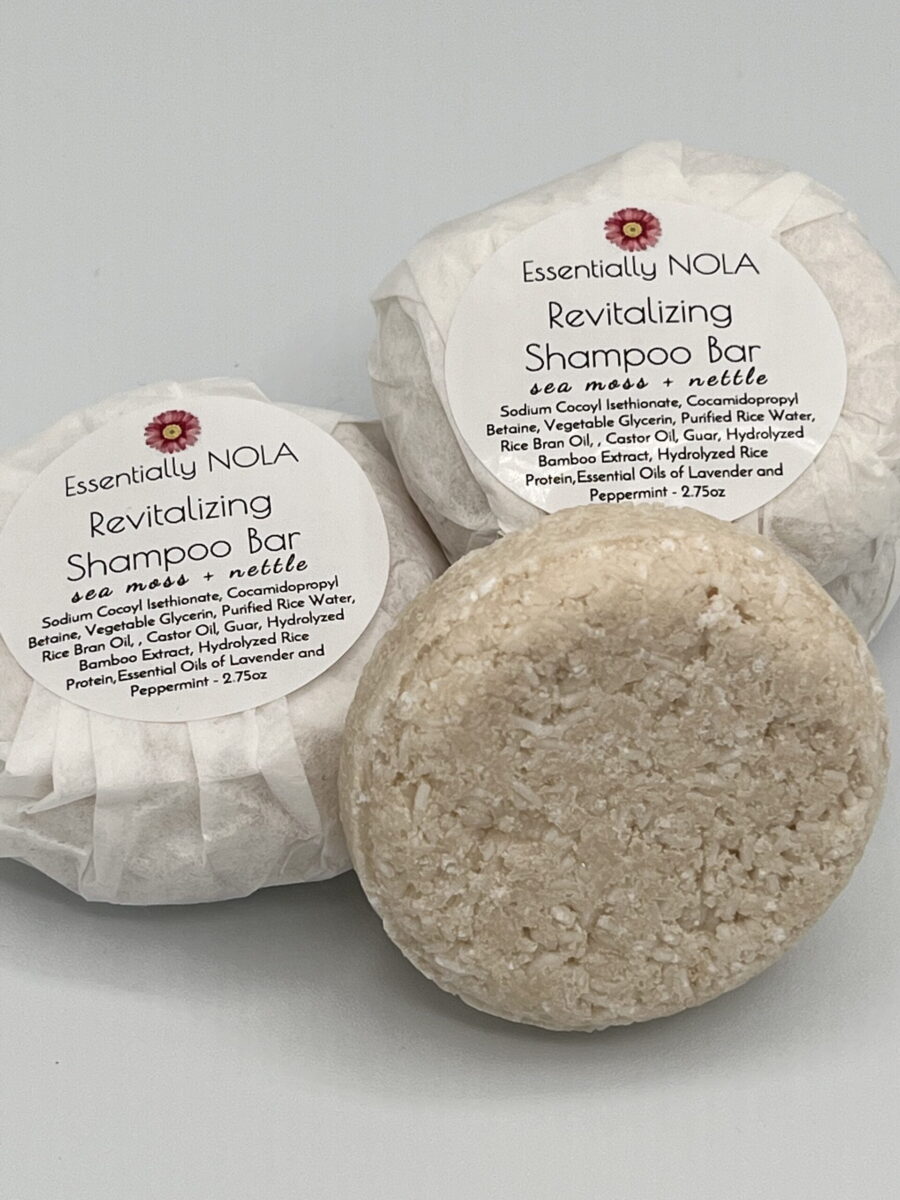
Menu
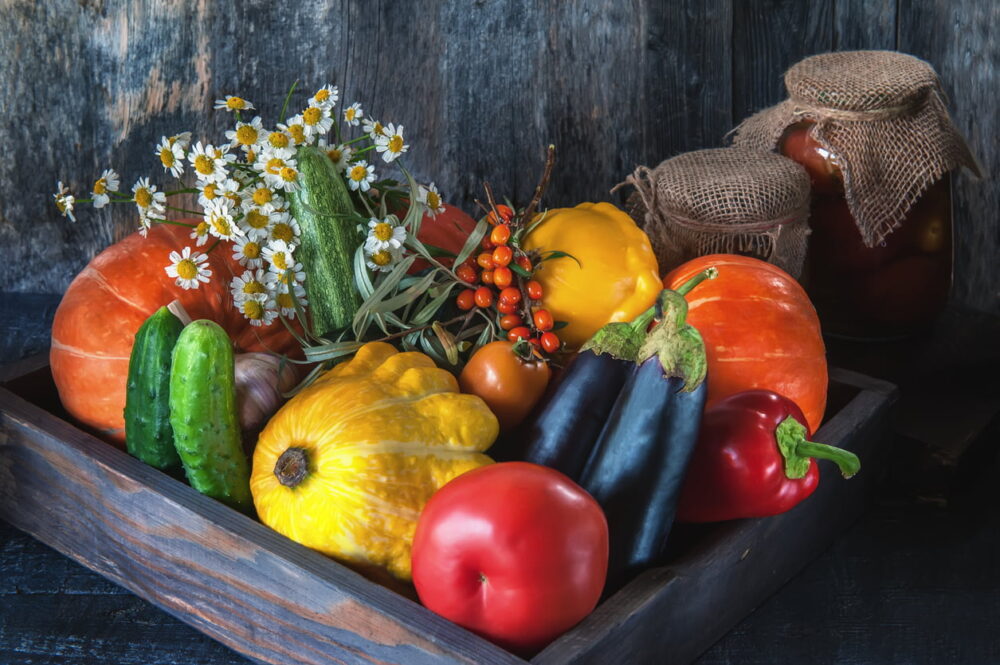
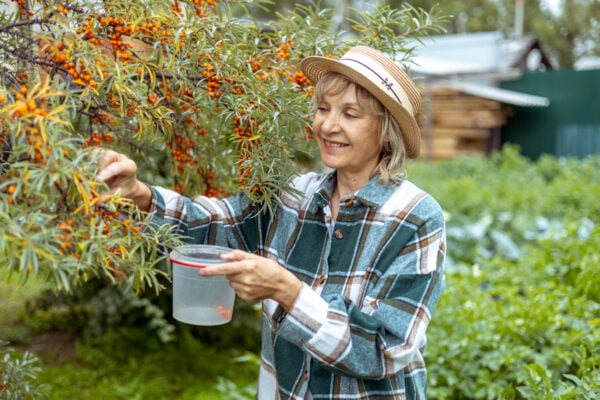
In the vast repertoire of plants available to the permaculturalist, sea buckthorn (Hippophae rhamnoides) is a resilient, hardy shrub with much to offer. Native to the temperate zones of Europe and Asia, sea buckthorn embodies the foundational permaculture principles of care for the earth, care for people, and fair share. Let me explain why sea buckthorn shrubs are the best choice for a commensal specimen in permaculture designs.
Permaculture farming emphasizes the importance of multi-functionality, where each element in the system serves several purposes. Sea buckthorn exemplifies this principle brilliantly:
A key facet of permaculture is designing systems that are resilient and adaptive. Sea buckthorn thrives in a range of conditions:
An important best practice in permaculture is to create a symbiotic ecosystem. Symbiosis refers to the coexistence of two distinct organisms. When two different entities cohabitate, it’s a symbiotic relationship, regardless of whether they have advantages or disadvantages or don’t impact each other. Symbiosis can be categorized into three types:
Animal agriculture also provides examples of symbiotic relationships between animals and plants. For instance, when snails take hold of a fruit plantation, hungry ducks can quickly come to the rescue. Periodically allowing grazing animals, like cows or sheep, to roam between the alleys and rows of an orchard can do wonders for maintaining grass levels and leaving behind natural fertilizer to add vital nutrients and organic matter back to the soil.
As mentioned above, commensalism in ecology refers to a relationship where one organism benefits without harming another. This can be likened to plants’ beneficial relationships with their neighbours in permacultural design terms. When interplanted with other crops, sea buckthorn can protect neighbouring plants, enrich the soil, and attract beneficial insects and birds – and feed us humans!
Interplanting sea buckthorn with various species can offer mutual benefits by taking advantage of its unique properties. Here are some plant species that can benefit from interplanting with sea buckthorn:
When considering interplanting with sea buckthorn, it’s essential to note spacing and the potential for competition. While sea buckthorn offers many benefits, it can also be vigorous. It may overshadow or outcompete smaller plants if not managed. Proper design, pruning, and management are crucial to ensure that all plants in the system can coexist harmoniously and benefit from one another.
To me, Sea buckthorn stands out in the permacultural landscape not merely as a plant with numerous benefits but as an emblem of what permaculture aspires to achieve. Its multi-faceted roles in promoting ecological balance and human health make it an ideal choice for those seeking to design holistic, resilient, and productive systems. The adaptability of sea buckthorn and its generosity to the land, humans, and fellow plants underscores its place as an ideal commensal specimen in permaculture.
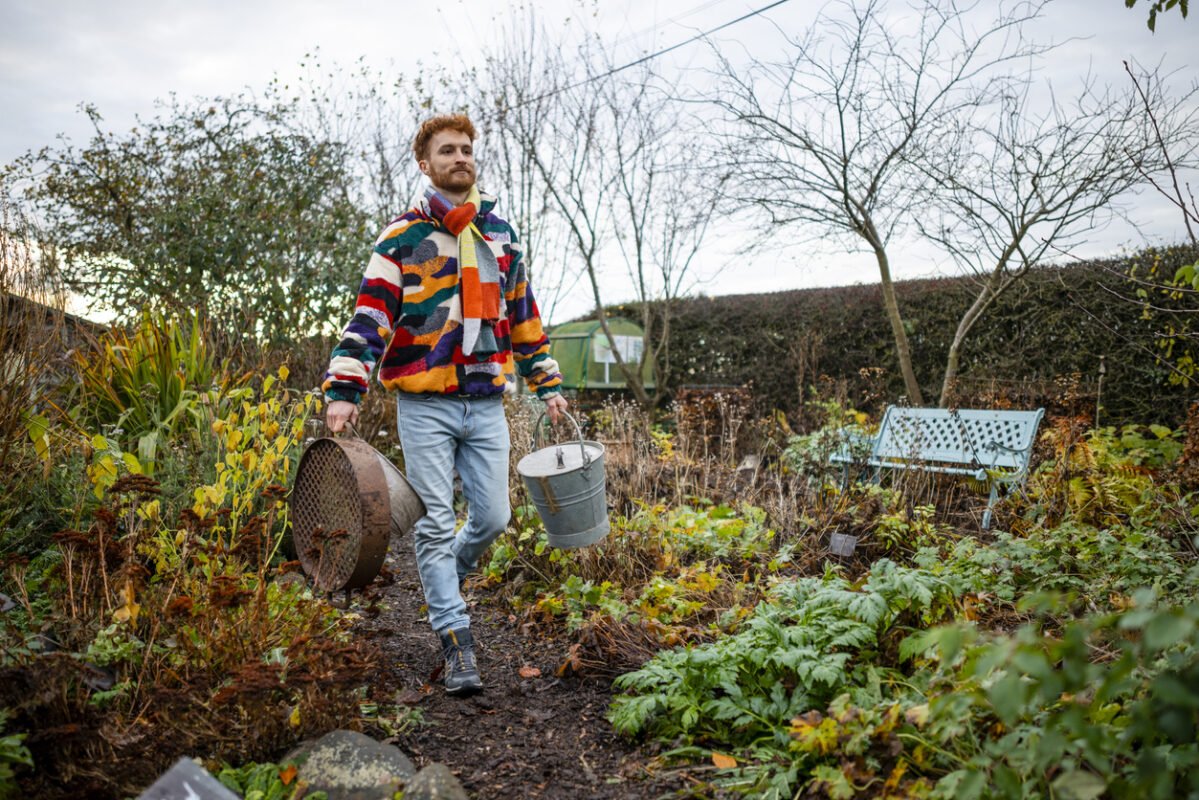
BENEFITS
With 70% of our immune system residing in our gut, what we put into it, counts! Sea buckthorn juice is known to help achieve balanced nutrient intake, cold and flu resistance and increased energy levels. It’s inflammation reducing antioxidants help athletes fight body fatigue, and the balanced Omegas fatty acids 3 – 6, 7* & 9, are considered to have a clear role in the prevention and healing of certain Atopic disorders.
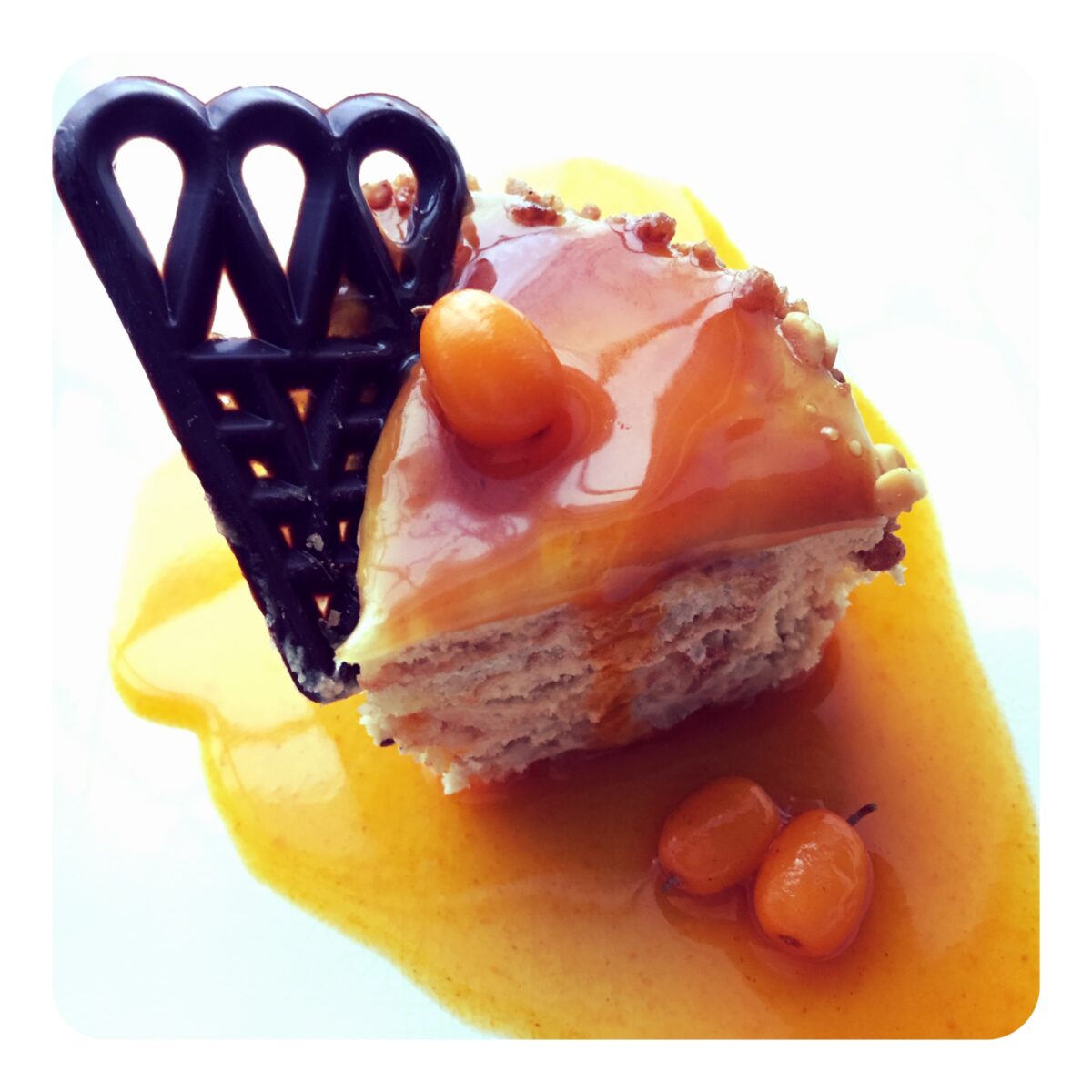
Sea buckthorn coulis
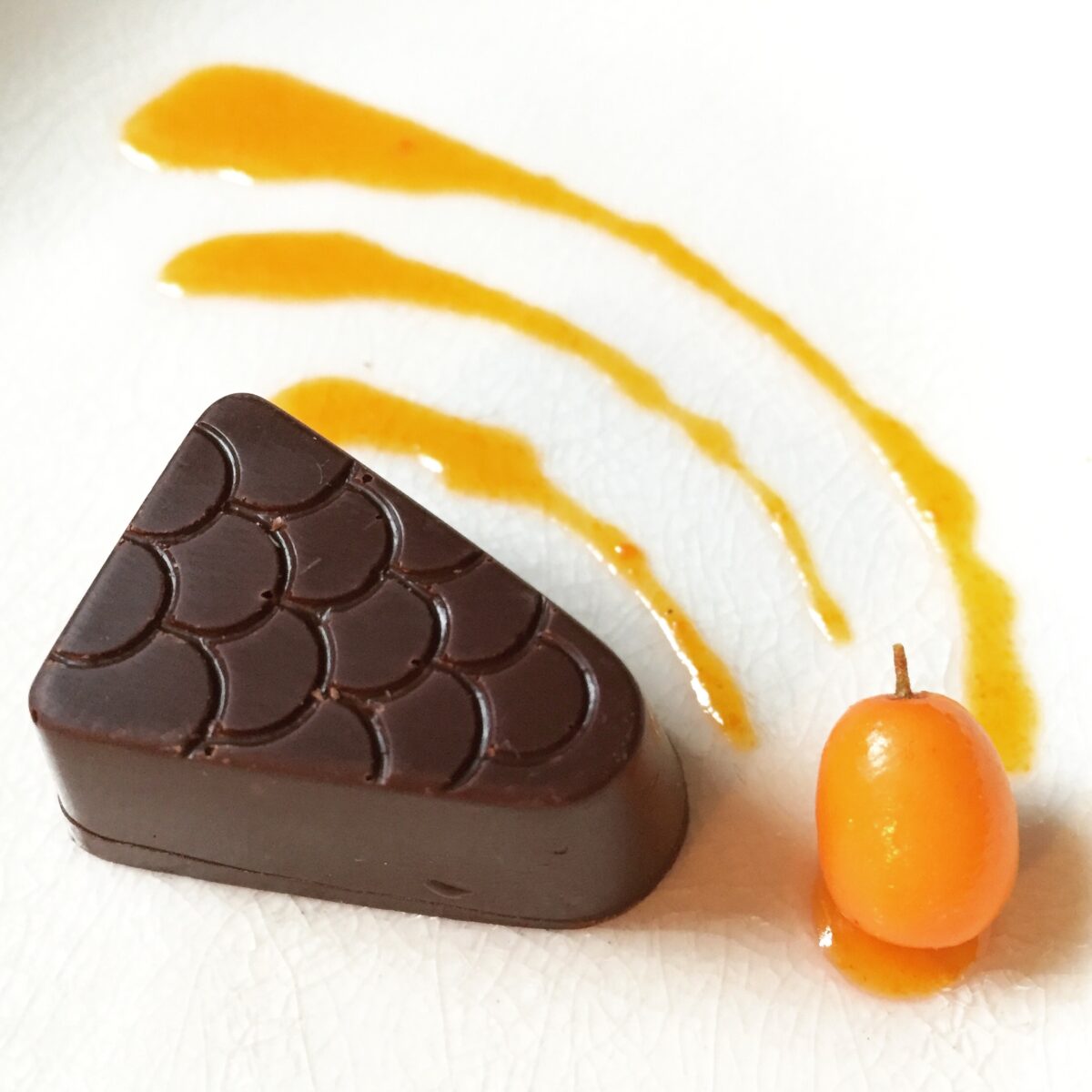
Delicious Sea buckthorn ganache inside dark chocolat shell.
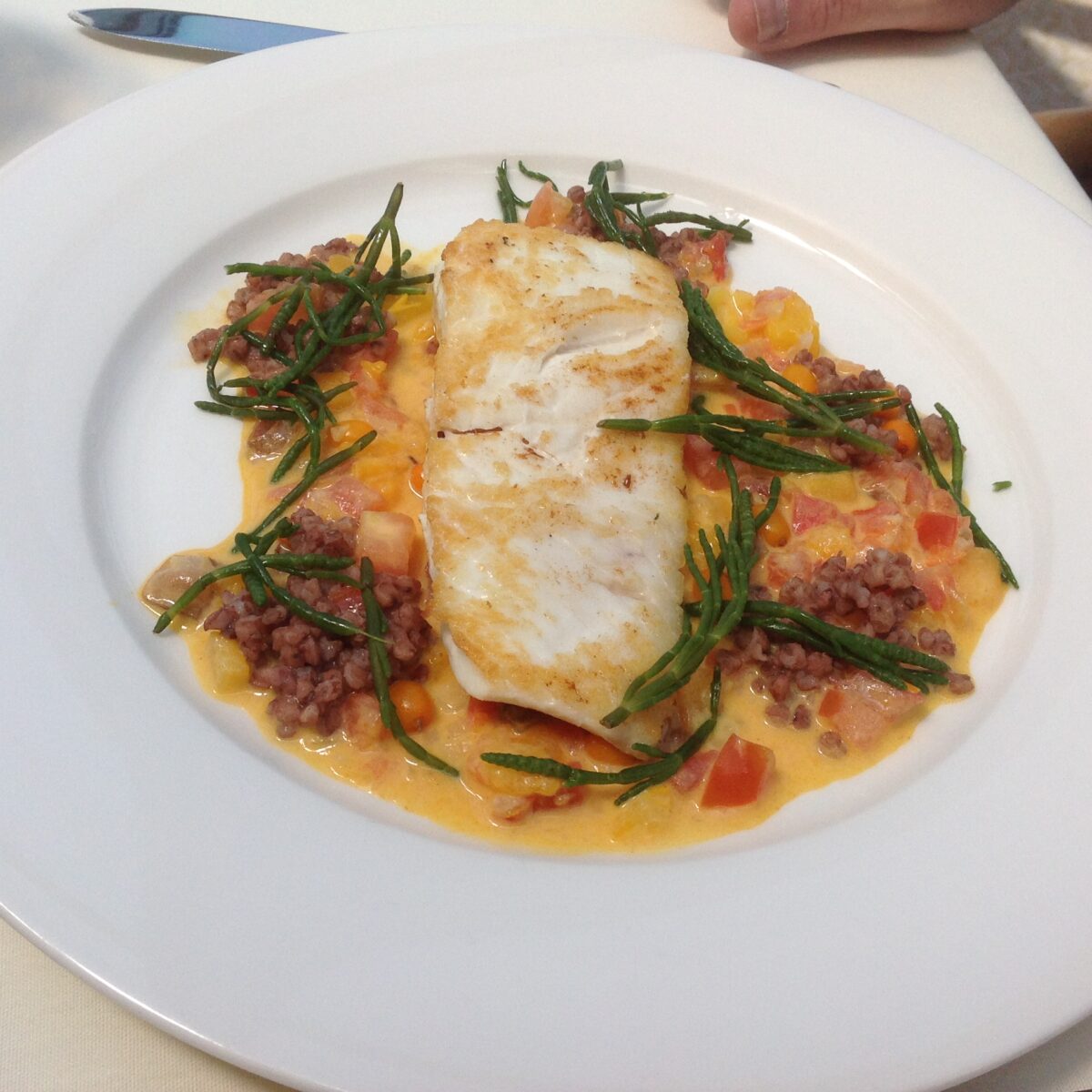
Halibut with sea buckthorn, tomato and sea beans.
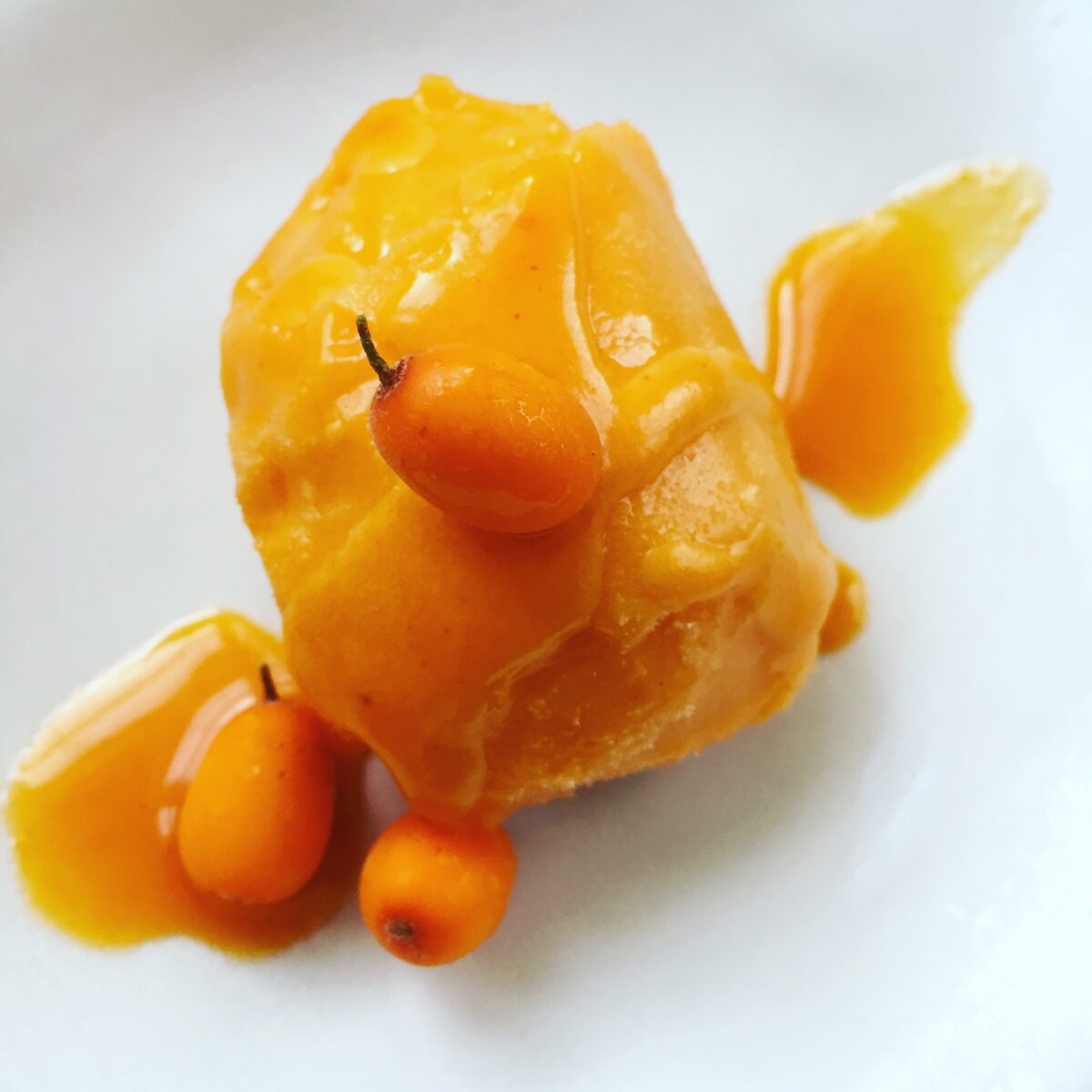
Homemade Seaberry sorbet.
 Frozen Sea Buckthorn berries (IQF)
Frozen Sea Buckthorn berries (IQF)
 Sea Buckthorn Shrubs | cultivar: LORD
Sea Buckthorn Shrubs | cultivar: LORD
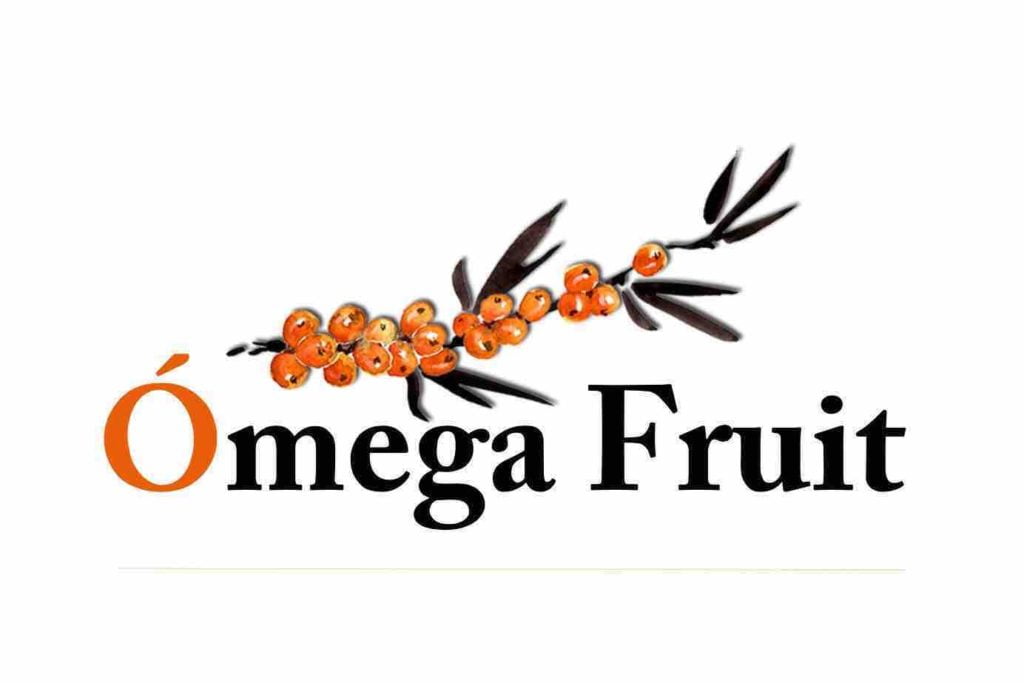
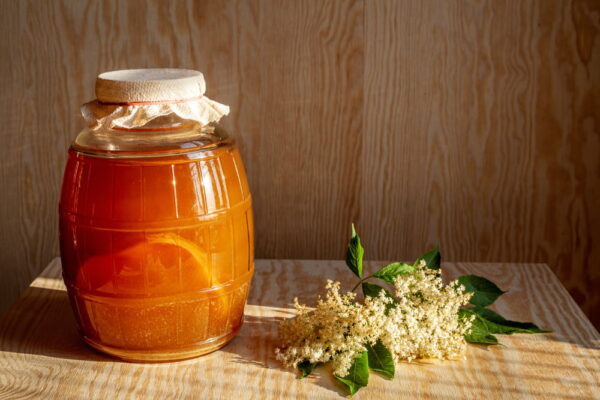
A Brief History of Kombucha Centuries before we could identify probiotic microbes with microscopes, people were fermenting
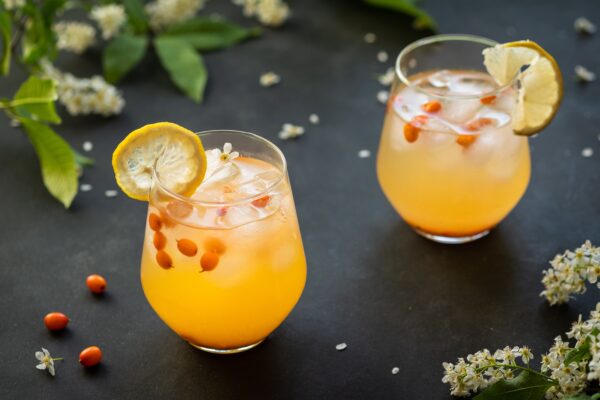
Add a healthy punch to your summer cocktails Summer is perfect for patio chit-chats with close

Should Sea Buckthorn be considered a natural supplement? In the vast landscape of natural supplements, Sea